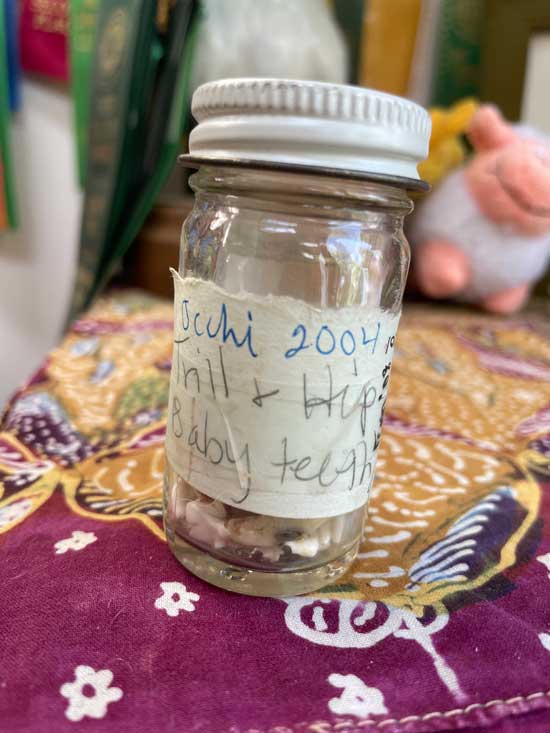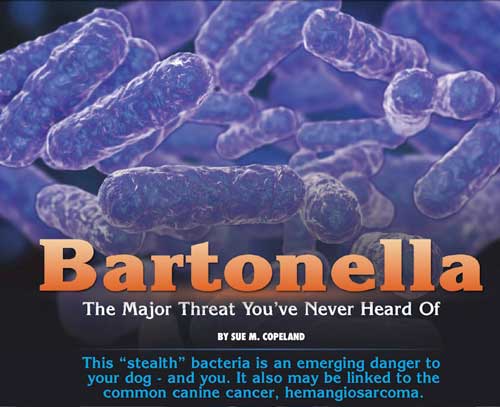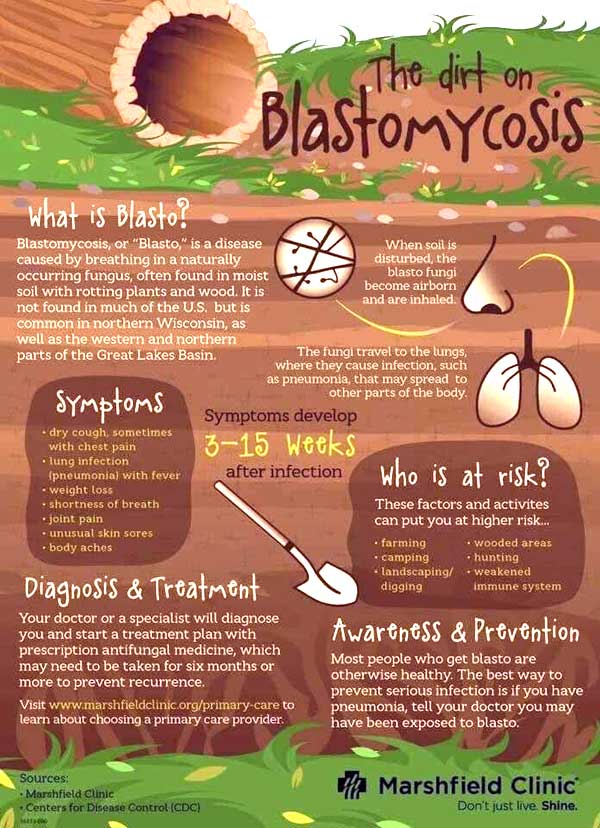Page 9 <previous page > <next page>
SOME HEALTH & SCIENCE NEWS
1. Dental care.
2. Bartonella.
3. Blastomyosis.

Dental Care Is Preventative Care – Even for Companion Dogs
March 5, 2021 / General Health / By Hemopet
We get it. Brushing your companion dog’s teeth is not the most pleasant activity.
We also get it that routine veterinary dental cleanings done properly can be expensive. To dispel any myths, dental cleanings are NOT a ploy by veterinarians to increase their revenue.
Both practices – brushing your dog’s teeth and routine dental cleanings – are important preventative care, as periodontal disease in all species can lead to many other systemic disorders, if not controlled.

Ivan Lorin reaching for the toothbrush.
How do you know brushing and dental cleanings are preventative care? From published and ongoing research.
Research has shown that periodontal disease in dogs is linked to increased risks of liver disease, chronic kidney disease, diabetes, obesity, heart disease and even cancer in dogs.
A 2009 study compared 59,296 dogs with periodontal disease to the same number of dogs with no history of periodontal disease. The study revealed that cardiovascular conditions such as endocarditis and cardiopathy were linked to the severity of periodontal disease.
A similar comparative study from 2011 demonstrated a significant association between periodontal disease and chronic kidney disease.
Compared to humans, dogs are even more prone to periodontal disease. Why? Because their mouths are less acidic, which promotes plaque formation. Compounding that, many dogs are not having daily brushings, or regular preventive dental care starting in early adulthood.
If you think your dog is in the clear, look at the prevalence. According to the United States Department of Agriculture (USDA), more than 80% of dogs over 2 years of age have periodontal disease. Additionally, many dogs with periodontal disease do not express oral pain, although they often have foul smelling breath.
Preventative Measures
Yes; there are specially designed chews, treats and raw bones, as well as a variety of Veterinary Oral Health Council (VOHC) approved dental products, that can help reduce plaque and tartar buildup. While these products are not replacements for a daily brushing and dental cleanings, the VOHC listed products are proven to be helpful in reducing the biofilm buildup and plaque on the teeth.
A practical choice is the VOHC-approved water additives and gel products that are specially designed for dogs and cats.
By the way, we do not recommend using rawhide chews at all.
Products
We, at Hemopet, do not recommend or suggest specific products. To be completely transparent, Dr. Dodds has helped with the testing of products that meet and have been accepted by the VOHC.
If anything, we recommend that you make sure the product you choose is an accepted product by VOHC. Products have to meet certain requirements and complete dental trials to meet VOHC’s rigorous standards.
Do we use and prefer all of the VOHC-accepted products? No, but, please remember that the VOHC program requires companies to demonstrate that their products help control plaque or tartar by completing two trials that are reviewed in support of this claim. We support the standards, thresholds and testing protocols established by the VOHC.
References
Glickman, Lawrence T et al. “Association between chronic azotemic kidney disease and the severity of periodontal disease in dogs.” Preventive veterinary medicine vol. 99,2-4 (2011): 193-200. doi:10.1016/j.prevetmed.2011.01.011, https://www.sciencedirect.com/science/article/abs/pii/S0167587711000298?via%3Dihub.
Glickman, Lawrence T et al. “Evaluation of the risk of endocarditis and other cardiovascular events on the basis of the severity of periodontal disease in dogs.” Journal of the American Veterinary Medical Association vol. 234,4 (2009): 486-94. doi:10.2460/javma.234.4.486, https://avmajournals.avma.org/doi/abs/10.2460/javma.234.4.486.
Bartonella.

“I tell my veterinary students that, unless another infectious disease comes along that we don’t yet know about, such
as covid-19 did in humans, Bartonella will cause them more problems in their careers than anything else.”
That quote is from Edward Breitschwerdt, DVM, DACVIM, Melanie S. Steele Professor of Medicine and Infectious Disease at North Carolina State University (NCSU) College of Veterinary Medicine. He’s been studying the bacteria for 30 years.
“Wait, what?” you ask. “What the heck is Bartonella?” It’s an emerging threat that research is showing can be associated
with potentially fatal conditions in your dog—and you. Dr. Breitschwerdt should know: the bacteria infected his father
12 years ago. “If it didn’t directly cause his death,” he explains, “it certainly helped cause it.” (See, “It’s Personal,” at page 314.)
THE ABC’S OF BARTONELLA
What it is: A Gram-negative bacteria that causes a disease called Bartonellosis. An ancient pathogen, it has existed for thousands of years. Yet prior to 1990, there was only one named Bartonella species. Thanks to research by Dr. Breitschwerdt and others, there now are 40 named species, of which 17 have been associated with an expanding spectrum of disease in dogs and humans, as well as other mammals. The bacteria lives inside blood cells and is transmitted by carriers, known as vectors, which include fleas, lice, and sand flies; Bartonella DNA has also been found in ticks. These vectors are found on and around such animals as dogs, cats, coyotes, raccoons, cows, foxes, horses, rodents, and bats. Bartonellosis is a zoonotic disease, meaning it can be transmitted from your pets or other mammals, to humans.
Cats are a key Bartonella reservoir. “On an evolutionary basis, Bartonella has figured out how to readily infect cats, and how to maintain an extremely high bacteria level in them, most often without inducing disease,” explains Dr. Breitschwerdt. “Those high levels enable the bacteria to be easily picked up by such vectors as fleas and ticks, and passed to other mammals, including dogs and humans.” Why it’s a threat: Bartonella is a stealth pathogen, meaning
it hides inside red blood cells and the cells of blood-vessel walls. There, it eludes the body’s immune system ---
